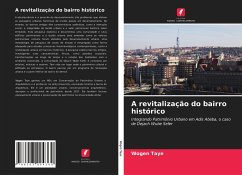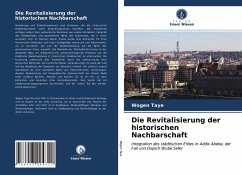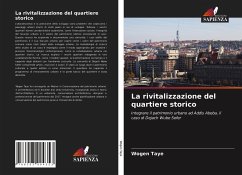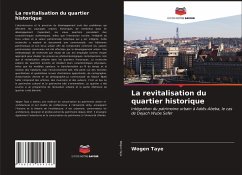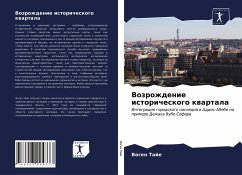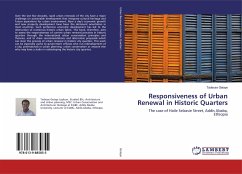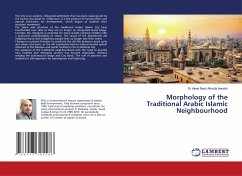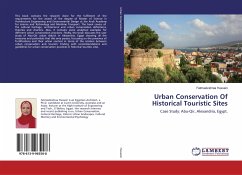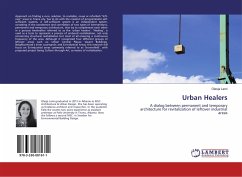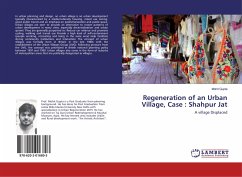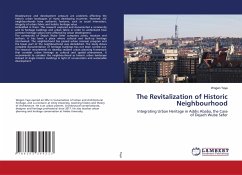
The Revitalization of Historic Neighbourhood
Integrating Urban Heritage in Addis Ababa, the Case of Dejach Wube Sefer
Versandkostenfrei!
Versandfertig in 6-10 Tagen
36,99 €
inkl. MwSt.

PAYBACK Punkte
18 °P sammeln!
Obsolescence and development pressure are problems affecting the historic urban landscapes of many developing countries. However, old neighbourhoods have authentic features, such as social interaction, integrity of urban fabric and holistic heritage valueembedded in them. This research explored and documented a community and its heritage buildings and urban fabric in order to understand how common heritage values were affected by urban development. The community of Dejach Wube Sefer comprises artists, musician and authors. It has been a place where cultural and built-up heritage intertwined. T...
Obsolescence and development pressure are problems affecting the historic urban landscapes of many developing countries. However, old neighbourhoods have authentic features, such as social interaction, integrity of urban fabric and holistic heritage valueembedded in them. This research explored and documented a community and its heritage buildings and urban fabric in order to understand how common heritage values were affected by urban development. The community of Dejach Wube Sefer comprises artists, musician and authors. It has been a place where cultural and built-up heritage intertwined. The neighborhood has passed urban renewal program and the lower part of the neighbourhood was demolished. The study shows complete documentation of heritage buildings has not been carried out. The research recommends to develop resilient urban planning framework that consider urban heritage as cultural and spatial phenomena. It recommends to consider the neighbourhood as historic urban landscape instead of single historic buildings in light of conservation and sustainable development.



